Budget Modern 101
Budget Modern 101#
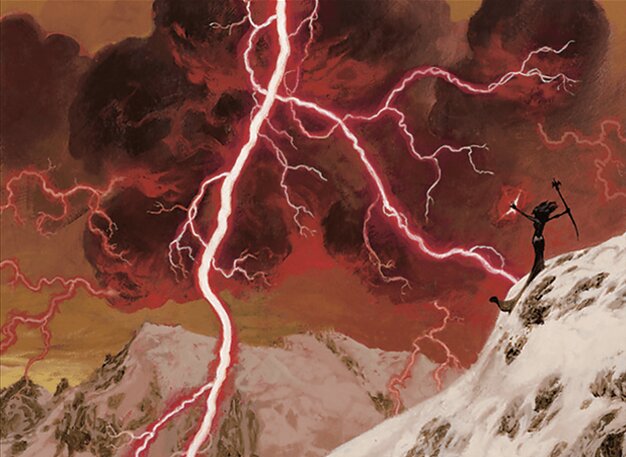
My friend runs a monthly Magic: the Gathering tournament in London at Bad Moon Cafe, using the Modern format but with the restriction of only being able to use $25 (set by TCGPlayer’s Mid Market price) and $7.5 for the sideboard. Many players have stated it’s a difficult format to dive into, so I wanted to explore some of my thoughts and experiences from playing the format for two years.
I often get asked, “what’s the rough power level?” and that’s a hard question to answer succinctly, but I would say it’s a bit like lower power level Pioneer but with random powerful cards from Modern’s history.
Part 1: Overall Format and Archetypes#
In magic there’s broadly four main archetypes, aggro, combo, control and midrange, all of these are represented in some form in budget modern but there’s a lot of quirks of the format that make the meta shift differently from other formats.
Aggro, the safe bet, ever expected#
Aggro’s biggest strength in Budget Modern is the price of its staples. Whilst like every archetype the most premium cards are expensive, cards like Lightning Bolt and Monastery Swiftspear are cheaper than staples for other formats due to Aggro usually being made up of less rares than other archetypes and tend to have slots that are more interchangeable.
Aggro also has the great advantage of being proactive. Being proactive in Budget Modern is a large advantage as unlike more solved, widely played metagames, lists haven’t been refined with a knowledge of metagame in mind. Budget Modern changes too quickly with players either trying something new or tech shifting as prices change almost every month.
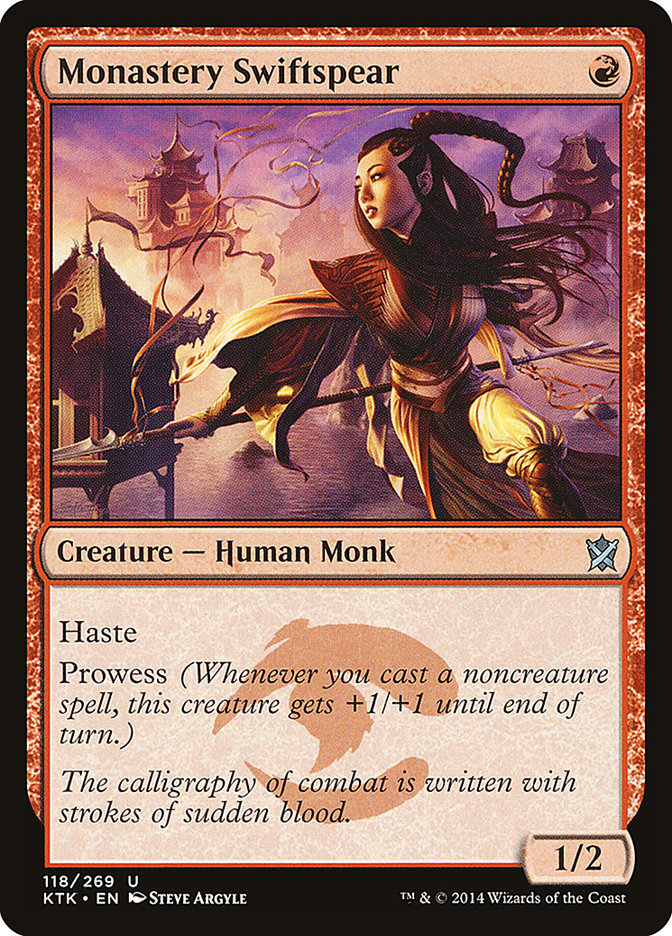
The weakness comes from how expected it is. Mono-Red Aggro/Burn has existed in most tournaments in the history of the format, so cards like Kor Firewalker tend to have a place in sideboards, the format is also heavy on creature removal, and control or midrange decks still have access to 4 mana board wipes. Tempo decks are a natural answer to this, playing a mixture of small creatures and counterspells means you can stop your opponent from ever getting online in the first place.
Midrange, find the good, cheap cards#
Midrange is a difficult puzzle in budget modern, traditionally it has been the most expensive deck in other formats, essentially being a pile of good (and therefore expensive) cards. The hope lies in finding the cards that didn’t quite make the cut in full-fat Modern. A great and powerful example of this is General Ferrous Rokiric or Asmoranomardicadaistinaculdacar, two Modern Horizons cards that never quite got there in Modern proper beyond fringe play, and as such are cheap.
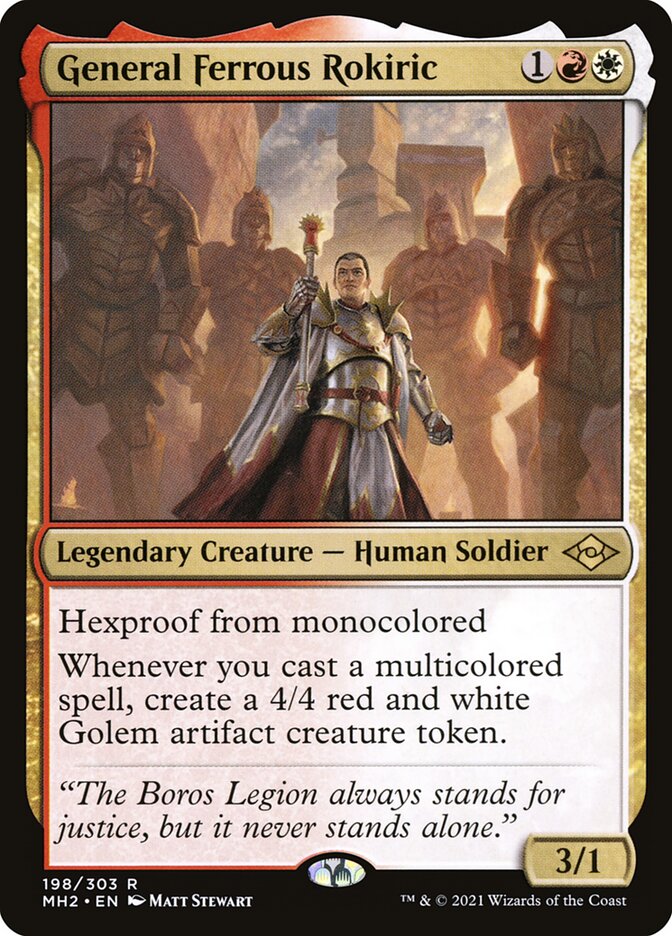
You’ll notice the two examples given warp the way you construct the deck considerably, and I think that’s no coincidence, more so than midrange in other formats your deck can’t simply play the highest card-quality available so has to rely more on synergy.
“Big” midrange can also be a good idea, at higher mana values cards tend to be more interchangeable and good effects can be found. Cleansing Wildfire Big Red has done well in the past, planning on packing plenty of removal for early threats and ramping into large threats, similar things could be achieved by Gx Midrange decks.
With all Midrange decks the forefront of your mind should be “how do I beat combo decks?”, they naturally prey on Midrange’s reactive and slow nature. In blue, you have counterspells, a de facto answer to anything once you learn the important cards. Black has discard effects like Inquisition of Kozilek or Necromentia-style effects, the most affordable being Lost Legacy, and white has some of the best sideboard effects for unfair strategies (the issue being you have to guess ahead of time which you’ll face).
Control, black sheep of the archetypes#
Control is in a rough place in Budget Modern. On paper control decks should be quite strong, plenty of interchangeable, cheap effects exist in Modern that have fallen out of favour, Path to Exile, Mana Leak, Depopulate, Memory Deluge ect are all sub $1, but the issue is control decks need to be built with a metagame in mind and that’s incredibly hard in Budget Modern. Many times I have sideboarded or chosen a deck because I thought I could see a way the meta was going only to be completely wrong.
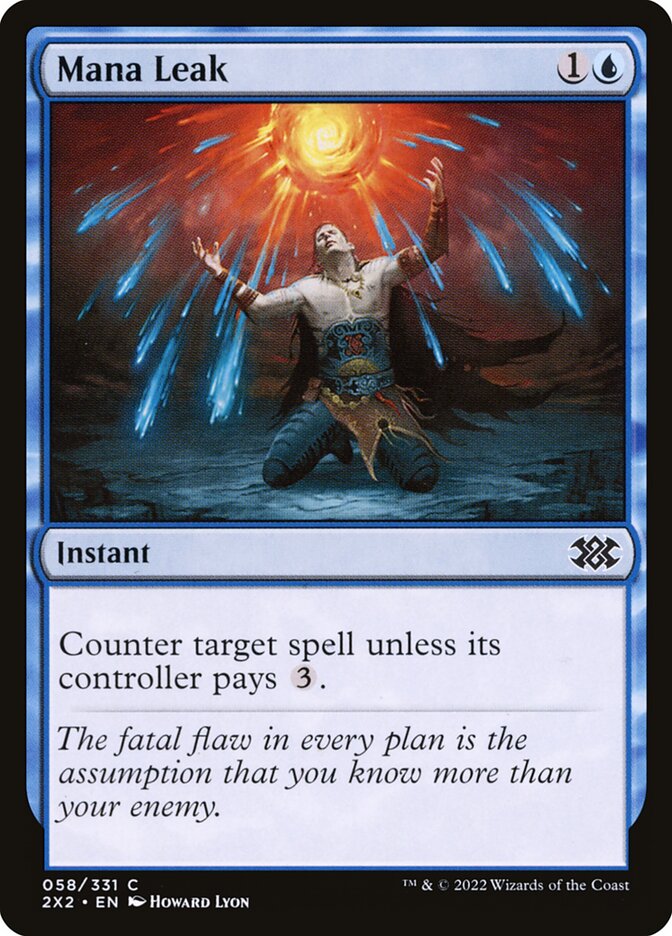
These decks can certainly put up a fight, but I have been preferring a more value-driven “controlling midrange” type strategy within budget modern, simply because its more proactive. These decks put more pressure on your opponent meaning that you can kill them before you lose to having cards that don’t quite line up with your opponents strategy. Niv to Light is a recent example of this “controlling midrange” strategy, packed to gills with answers but also has value and threats to close out a game.
Combo, proactivity taken to the extreme#
Combo works the same in budget modern as any other format really, just a different choice of combo than other formats depending on price, but here’s some general advice. It’s a strange archetype to evaluate, it has had some of the worst and some of the best performances. When constructing a combo deck you need to think about two main things, how will I be stopped and how will I live to do it?
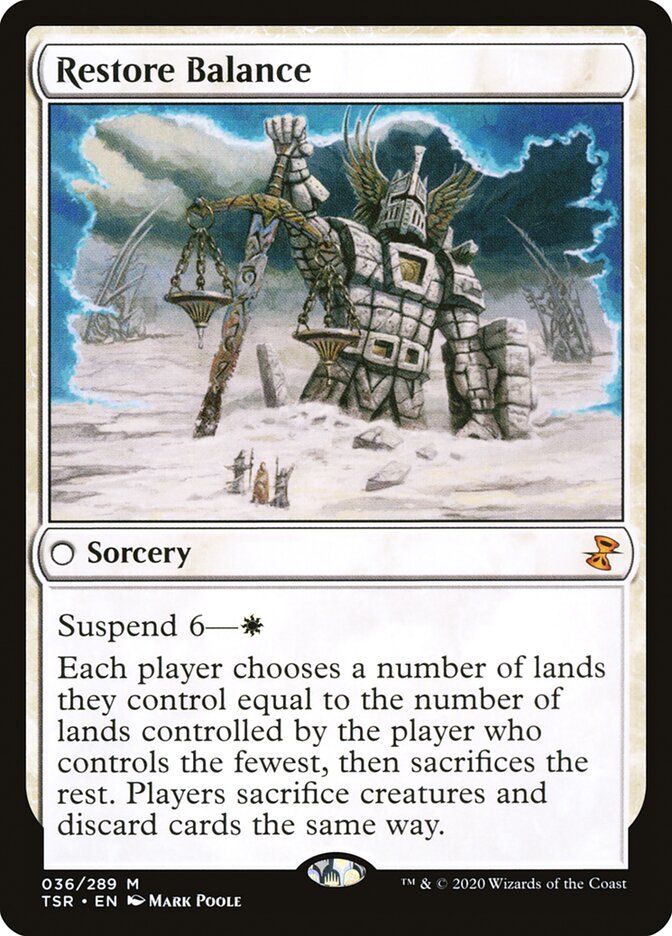
If you’re playing a creature combo deck for example, how resilient you are to removal will play a big part in your performance. If you rely on resolving one big effect that wins the game on the spot, how are you beating an opponent holding a counterspell for that exact moment? One way you can solve this issue is to be fast and redundant, your opponent can’t answer everything so if you have enough redundant copies of the same kind of effect its likely you’ll get there, but this only works if you don’t take too long to get the combo online. Another is to have a Plan B, for example a Midrange deck that also has Greasefang + Parhelion or like a recently winning Primal Prayers list put enough pressure on your opponents with an Aggro Plan B that they can’t wait around with their interaction for your combo.
Combo also needs to either be fast enough to race aggro lists or have the tools to disrupt aggro while developing their plan. Pure combo should be about speed and resilience above all else while midrange-combo or control-combo hybrids should care more about disrupting opponents’ plans while furthering their own.
Part 2: Manabases#
Congratulations mono-colour decks, you have a free pass here. For the others, if there’s one thing you should take away from this article, you aren’t spending enough on your manabase. There’s a saying in cube that goes something like “being able to cast your cards is better than more good cards” and that definitely holds true in Budget Modern. I would say around $3-4 of your budget should be on your lands/fixing.
2 Colour Manabases#
2 colour mana bases boil down to, play the best lands you can. Reveal lands will be an easy 4x for you. Worth checking if the fast lands, check lands or filter lands are cheap in your colours. Tango lands work better here than in other decks as its actually likely you’ll have two basics in play. Otherwise, see the 3-Colour section for more ideas.
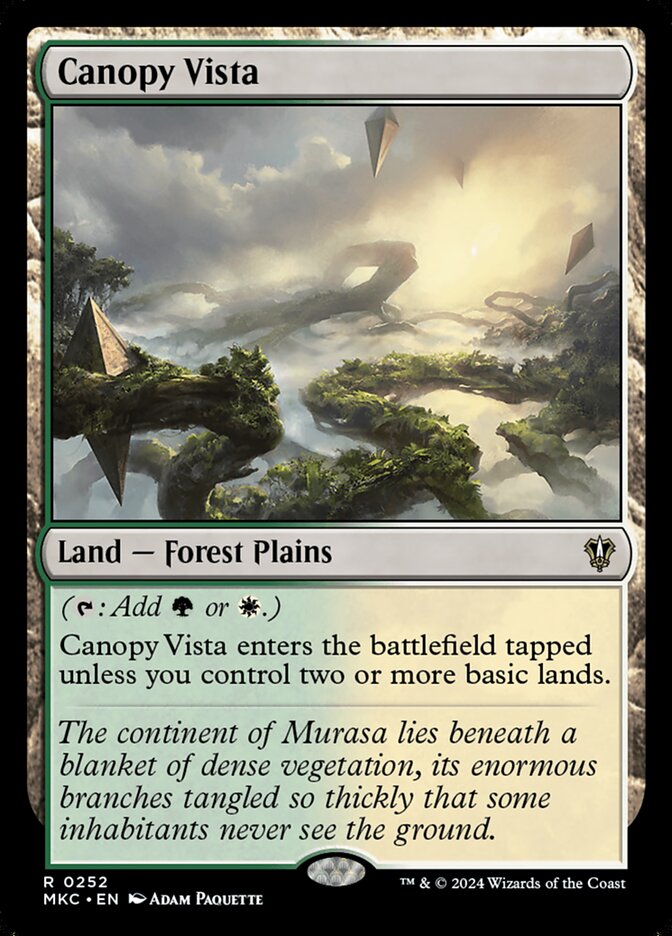
3 Colour Manabases#
Let’s say I wanted to create a Mardu (WBR) deck, here’s how I would build the manabase roughly. I’d use a combination of Lord of the Rings’ land cyclers, “reveal lands” and Dominaria United’s typed lands or, tango lands.
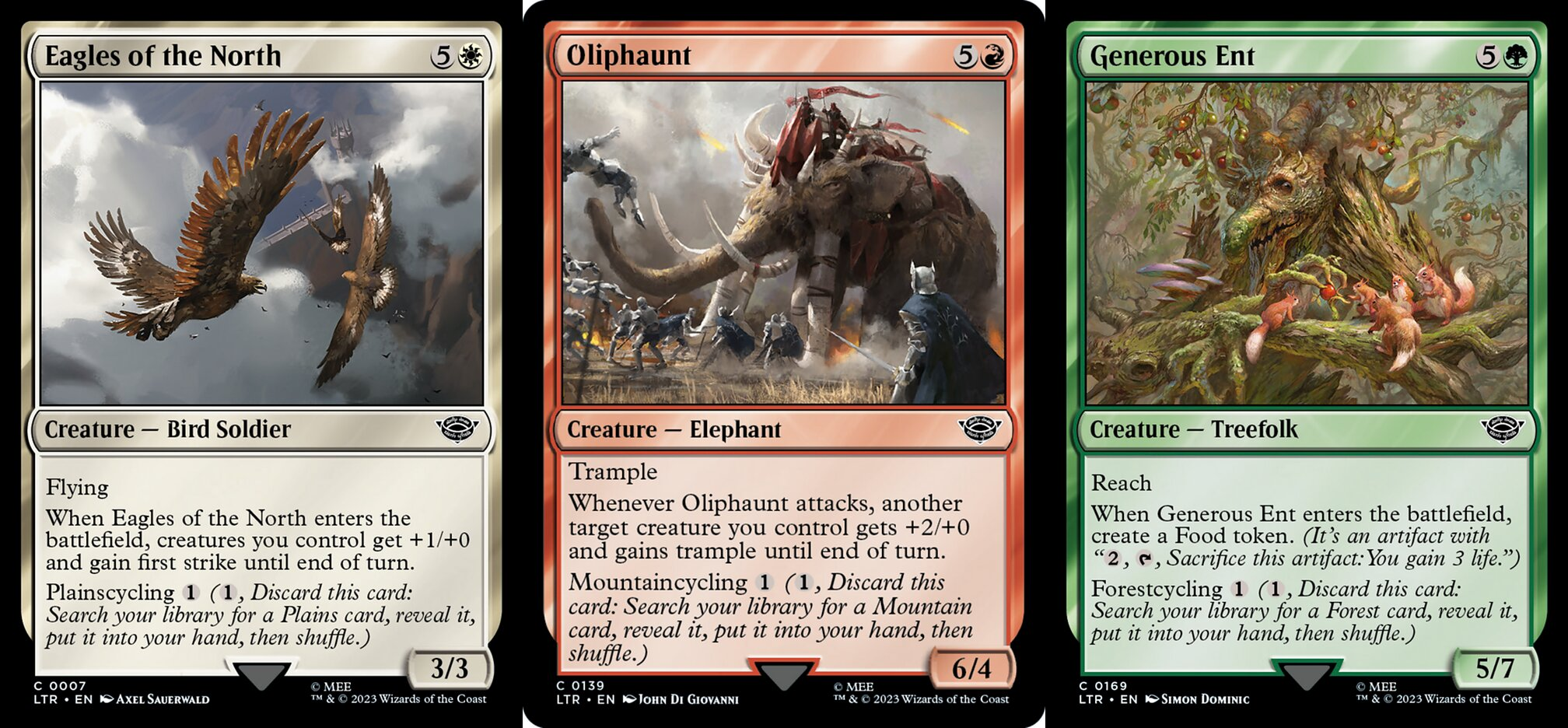
First pick your landcycler, the black one is sadly about $1 and the blue completely inaccessible. I’ll choose Oliphaunt. Next you want to play some “reveal lands”, you can be flexible with this dependent on your mana base needs, for example lets say this deck is mostly white, you could play 4 of the White Black land and 4 of the White Red land.
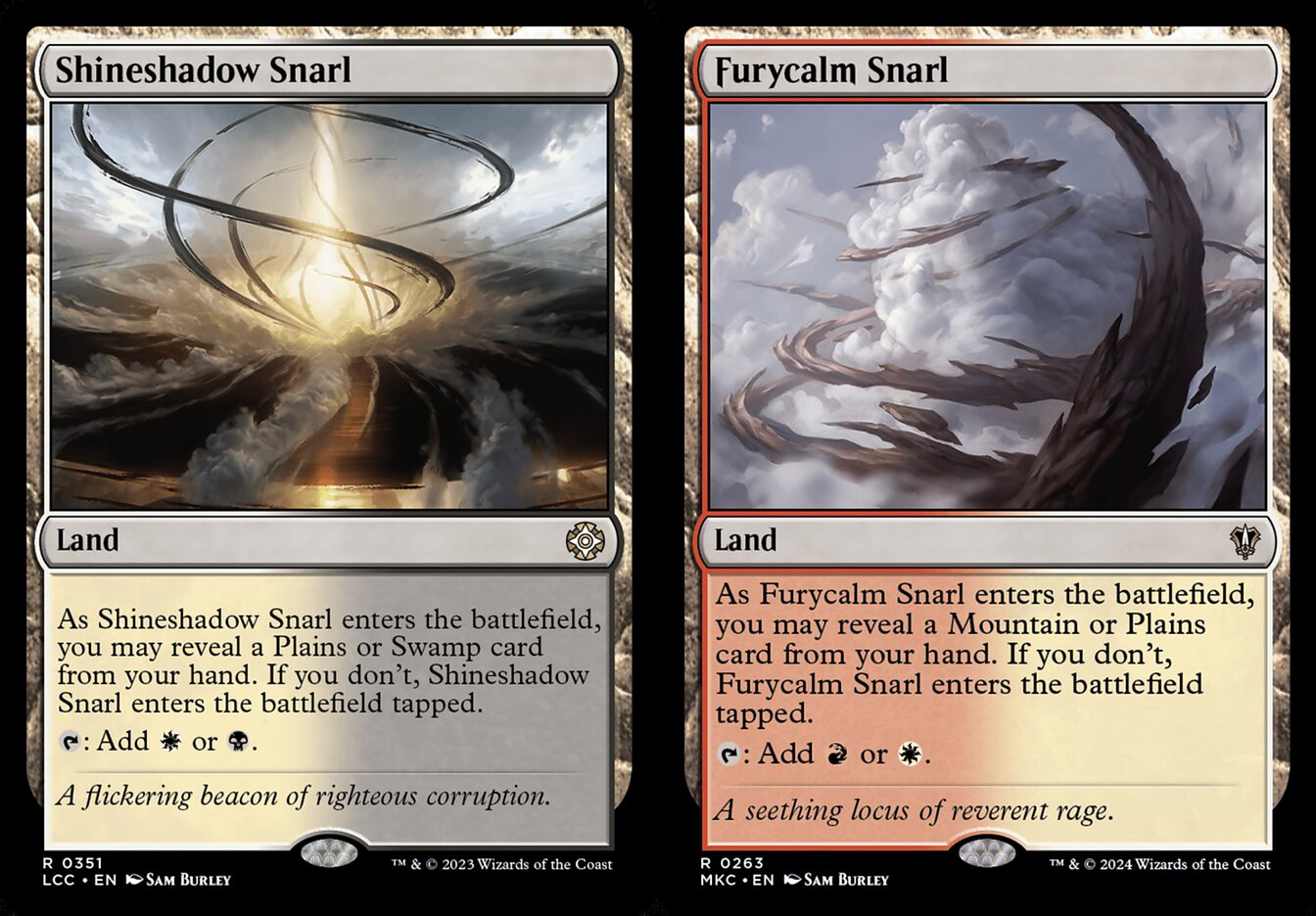
You might think it’s an issue to play Shineshadow Snarl here, as Oliphaunt only fetches Mountains, meaning that the White Black land is less likely to come in untapped, however the last piece of the puzzle remedies this, the typed lands. These cards should be taplands in your mind, so avoid playing too many. 1-2 of each that match your land cycler should be enough. Here I’ll use Sacred Peaks and Smoldering Marsh. Tango lands are marginally better than the pure tapped lands, but will usually be tapped anyway.
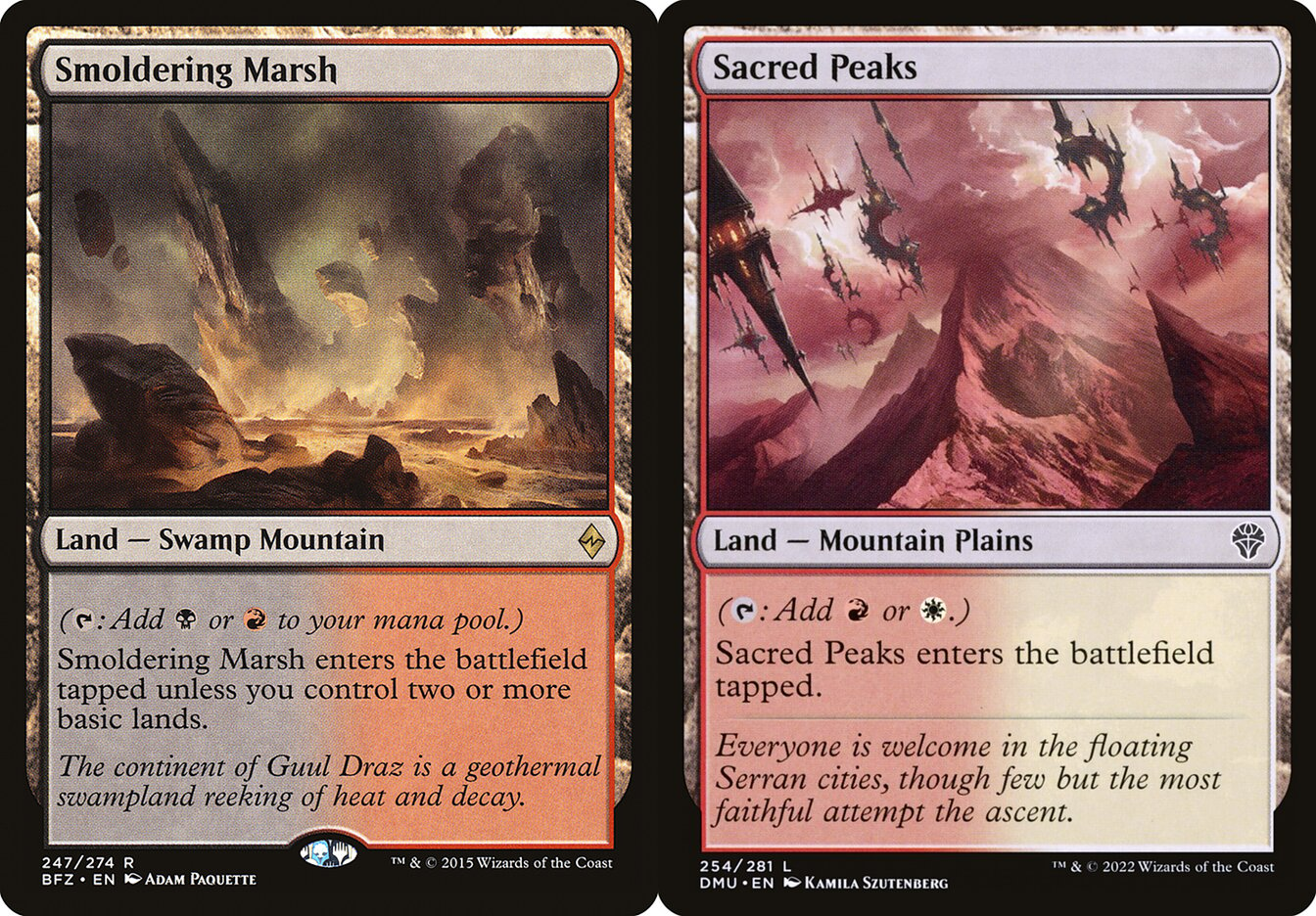
This way now you can cycle Oliphaunt for any of your colours, and also you can fetch something to reveal to your Reveal lands no matter what. Finally, if you are still struggling with your costs, play the 3 colour tap land in your colours, testing will show you how necessary this is, but err on the side of caution. Let’s say I do, so I’ll add Nomad Outpost.
4-5 Colour Manabases#
Simply put, you have to play all the 3 colour tap lands, playing this many colours means you need to be running a lot of interaction and sweepers as you will be playing from behind due to your lands entering tapped.
Part 3: Finding cards and ideas#
With all this in mind, where to start? The core of the format is finding undervalued cards and making them shine. Here’s a few places I look.
Modern Horizons#
Love it or hate it, Modern Horizons has completely shifted Modern forever, and to some extent its had a huge impact on Budget Modern. As these sets are packed with powerful cards, the ones that don’t quite make it are still powerhouses. It can be good to scan these sets for cheap cards that are potentially underrated. Cards like Rokiric or Asmo are extremely well represented in the format.
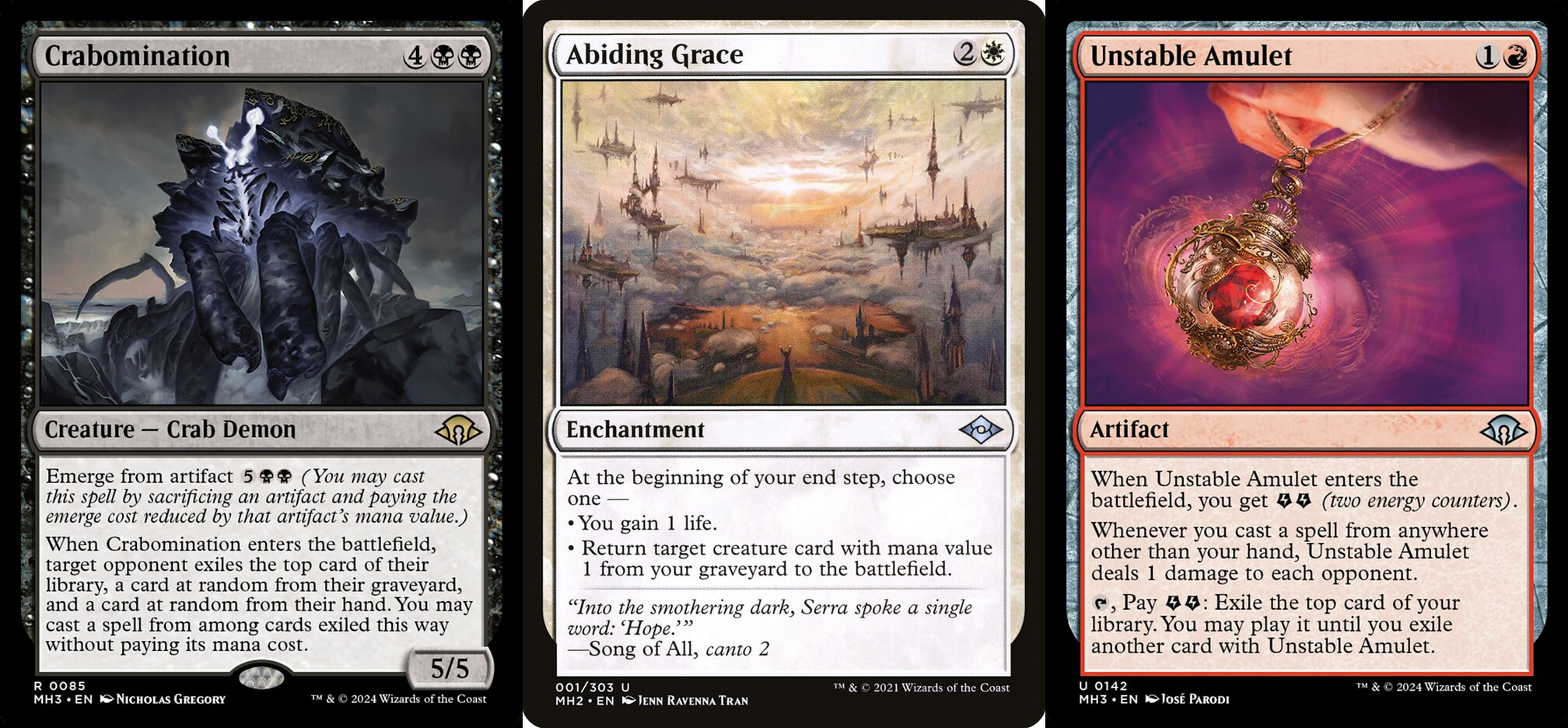
Commander Precons#
With multiple precons being released per standard set there’s a lot of downwards pressure on the cards reprinted within. Obviously you can’t use any new cards as they aren’t Modern-legal but you can certainly find some gems reprinted here.
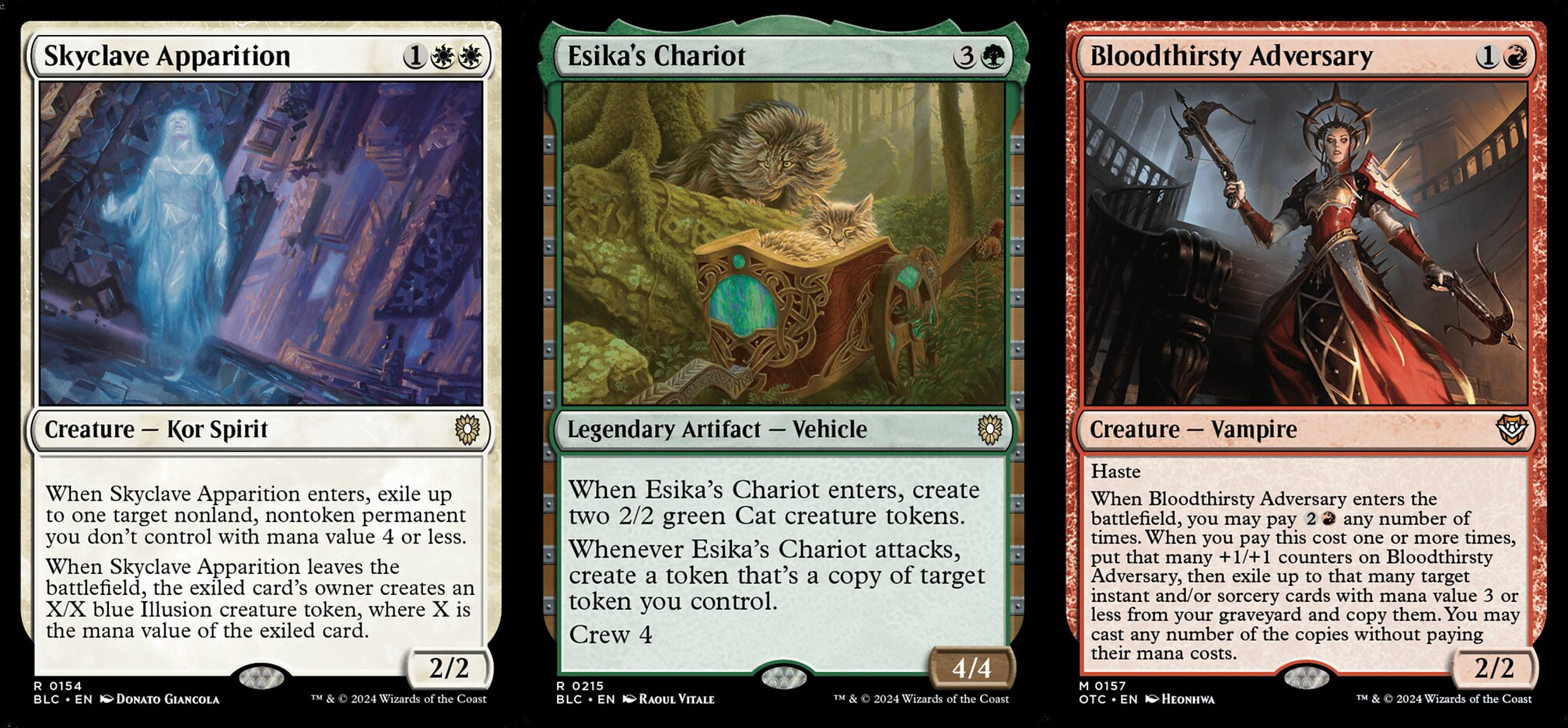
Getting in Early#
See that busted uncommon in the spoilers? Usually Commons and Uncommons from new sets are undervalued on release, if you think you’ve spotted one you can jump on it immediately. Sadly this does mean if you were right you can’t change your mainboard once that card spikes, but that’s just suffering from success at that point.
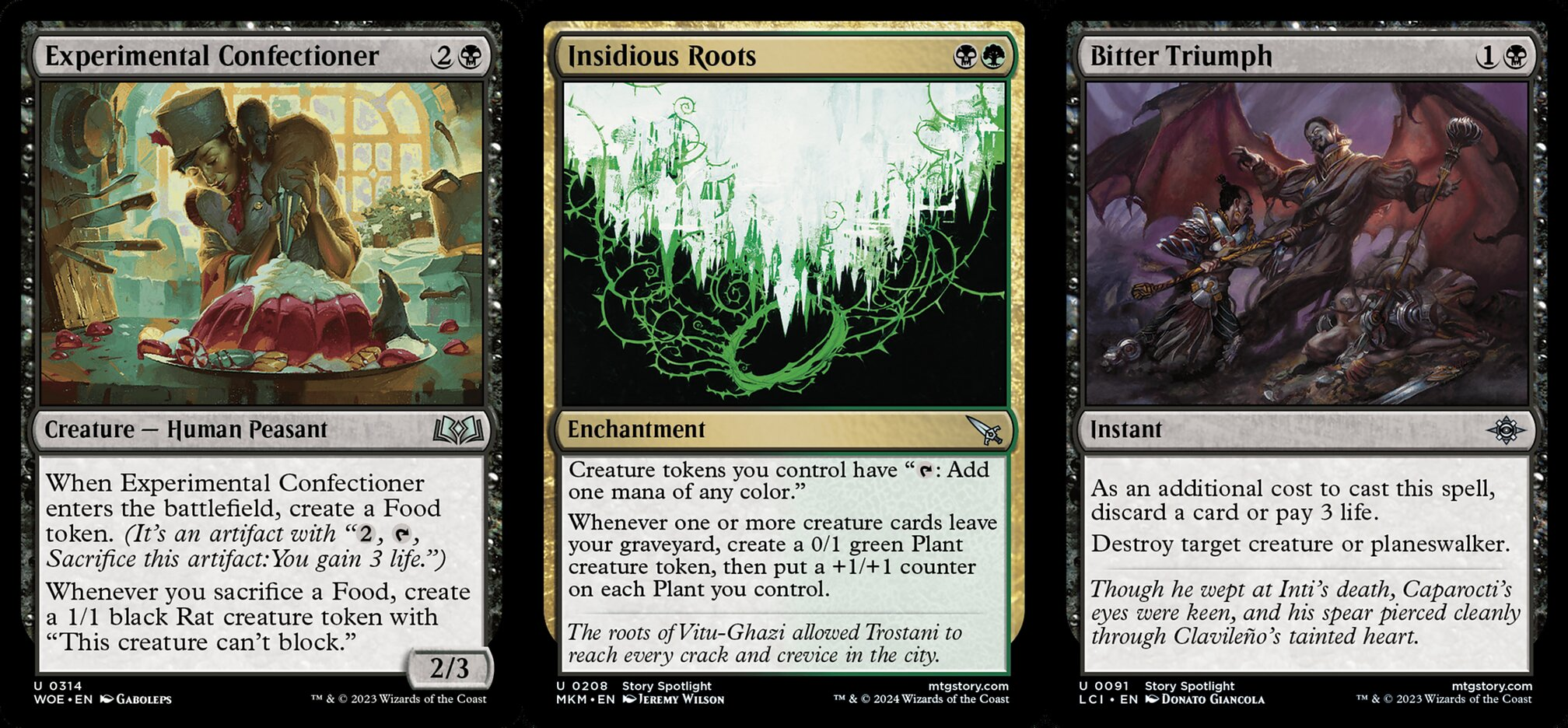
Sadly not Old Flames#
One thing people assume is cards that used to be good are now cheap. Not always sadly, despite Jace, the Mindsculptor and Tarmogoyf not being what they used to, “price memory” means that these cards are unlikely to shift unless they see a big reprint. Good to keep these in mind once they do see a reprint.